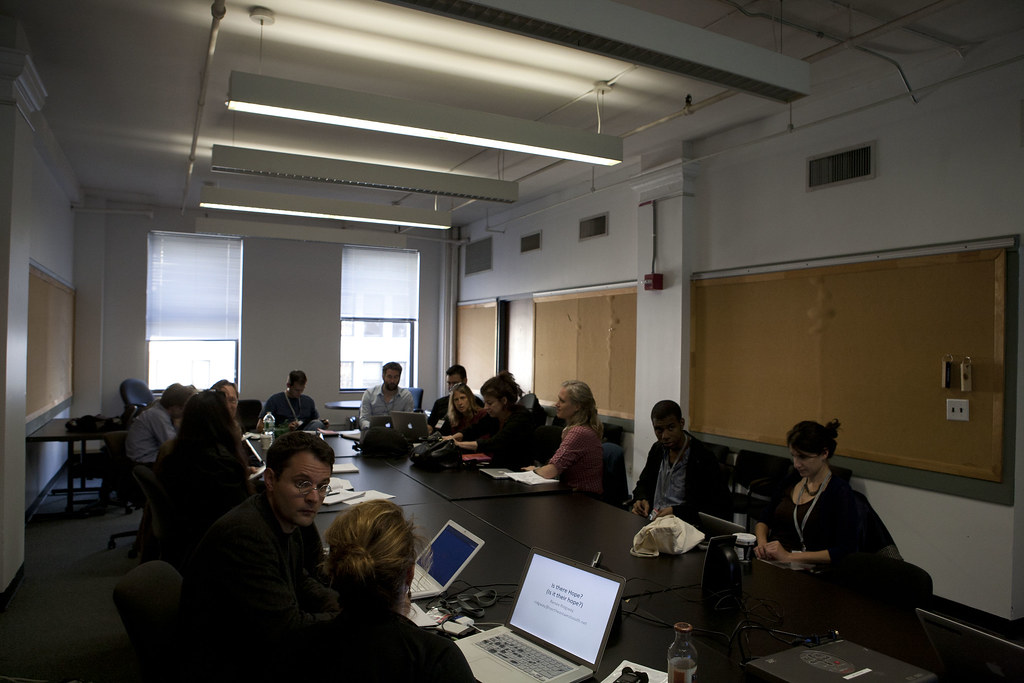I realize the graphic is rather small, so if you’re having difficulty reading the details, here’s the scoop (or you can click on the image to view a larger version):
» The Hangers-On: Hangers-on know all the right lingo, attend all the right seminars, but just don’t do anything.
» The Erasers: These people endeavour to undo much, if not all, of the work done by the leaders.
» The Ferrules: These people hang on tightly to what they know. They keep a strong grip on their traditional practices, and feel that there is not a place for technology in their classroom.
» The Wood: These people would use technology if someone would just get them the gear, set it up, train them, and keep it running. All they need is help from some sharp person, and they would be doing it too. (Love the play on words here! Ha!)
» The Sharp Ones: These are the people that see what the early adopters have done, willingly grab the best of it, learn from the mistakes of others, and do great stuff with their students.
» The Leaders: These people are the first to take on the technology, the early adopters would usually document and enthusiastically share what they have tried, warts and all.
A shout out to TeachThought for sharing this interesting graphic. Clickhere for additional commentary about teachers and edtech as well as the origin of the Pencil Metaphor.
A shout out to TeachThought for sharing this interesting graphic. Clickhere for additional commentary about teachers and edtech as well as the origin of the Pencil Metaphor.














